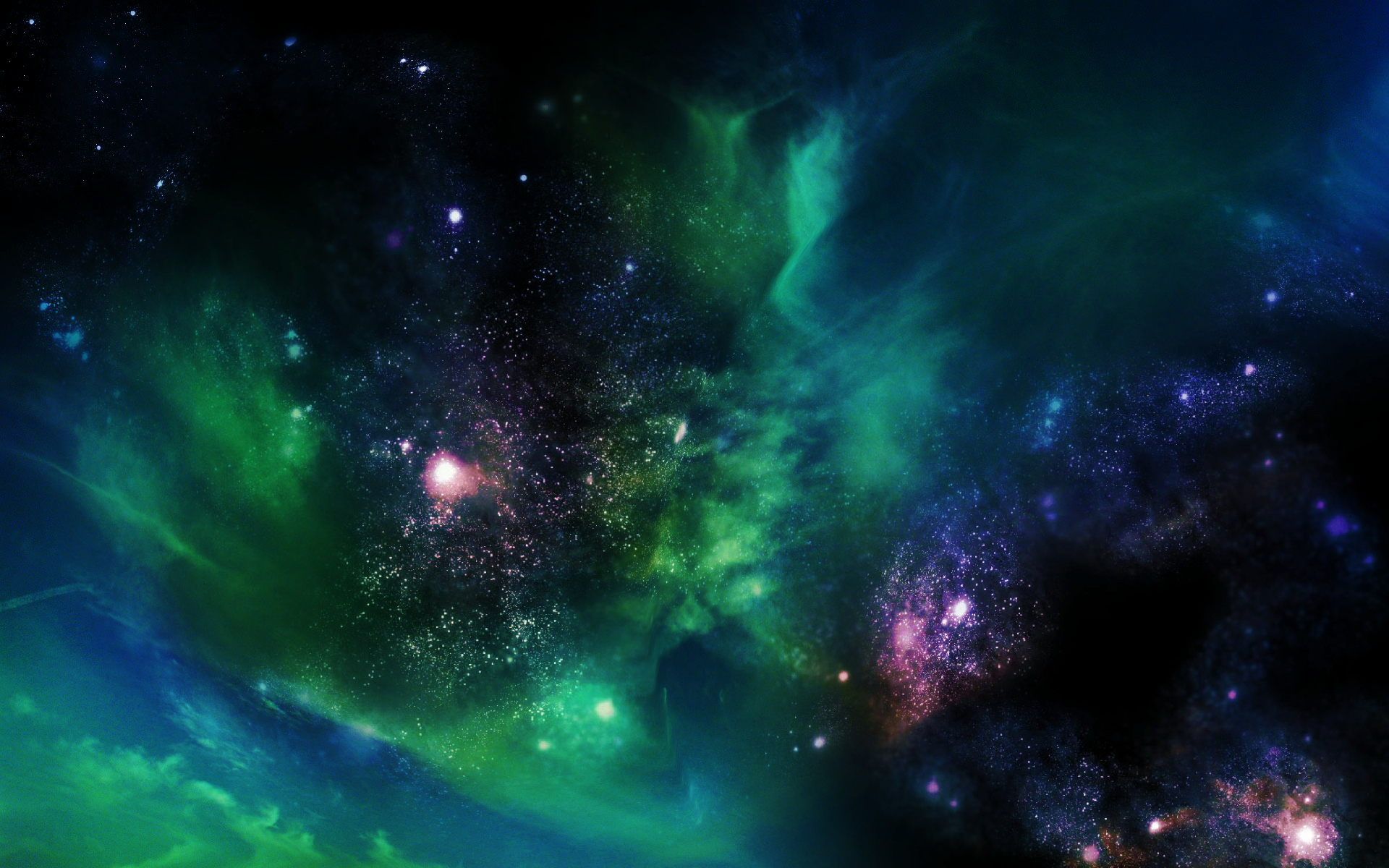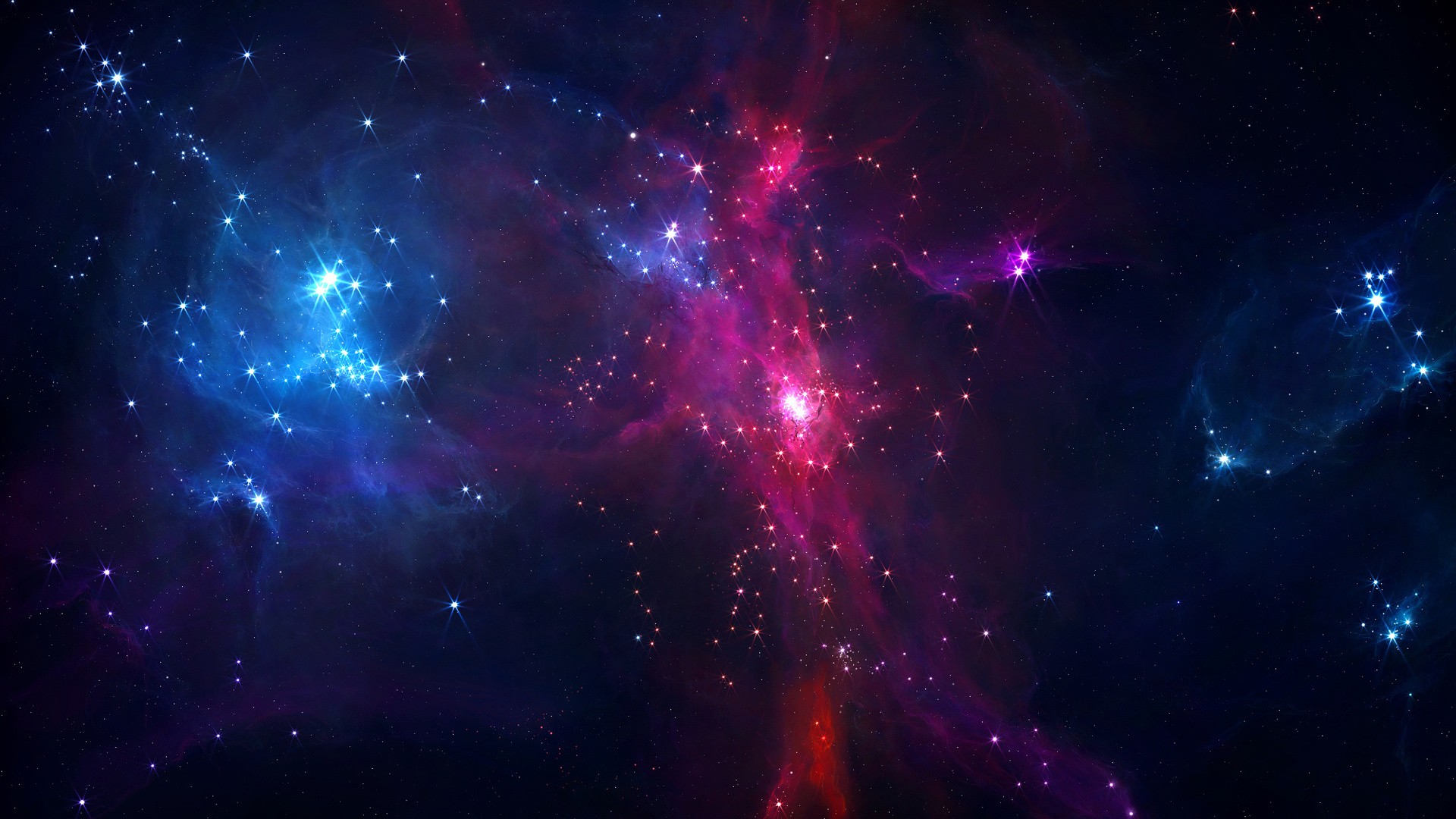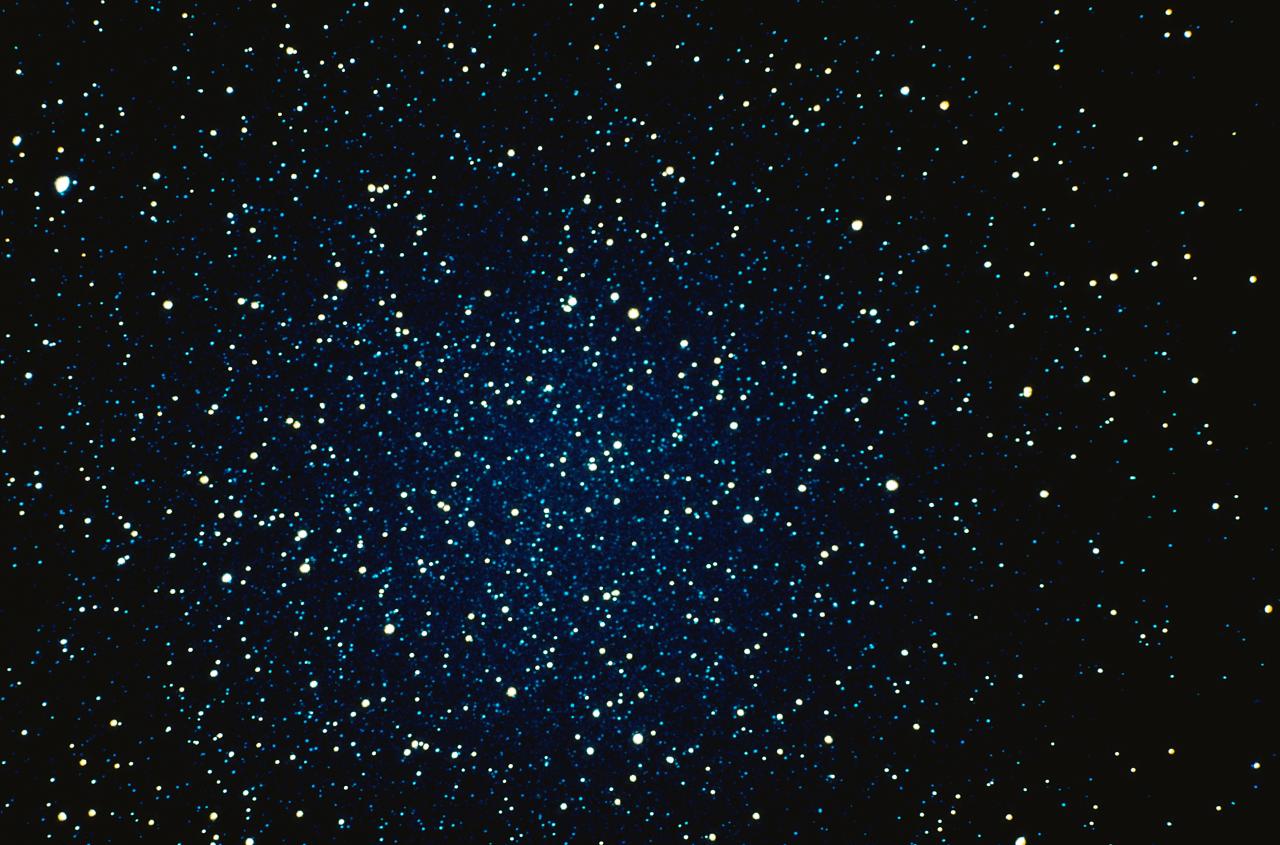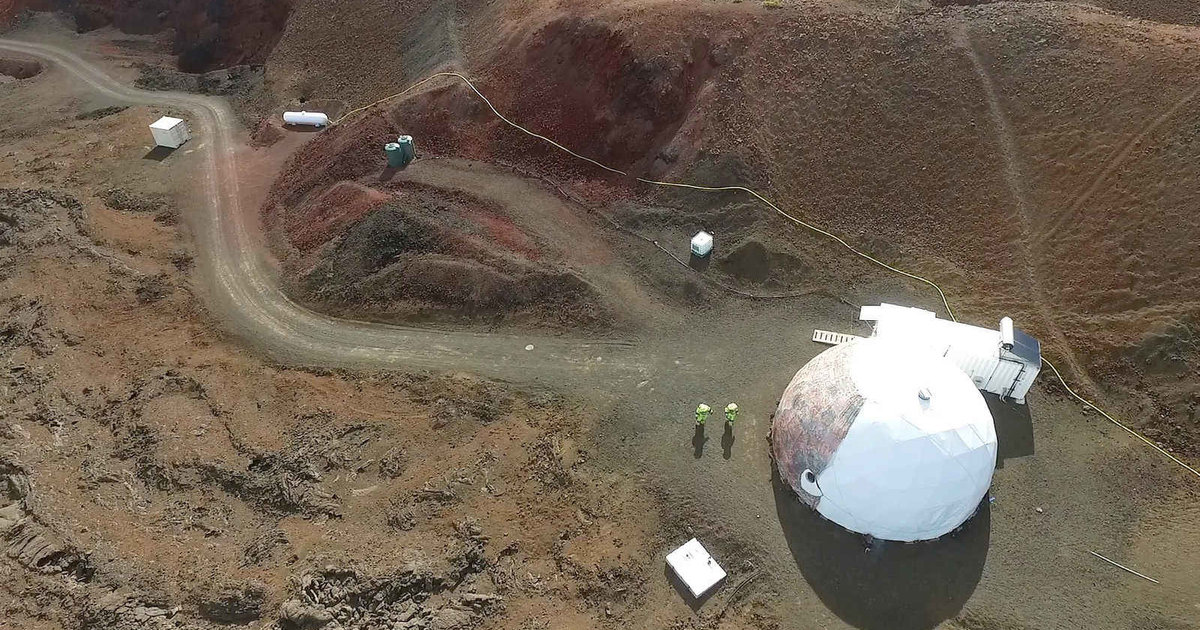
China’s FAST Radio Telescope Discovers 2 Pulsars During 1 Year Trial Run

This is the first of two launches for this week, the first being a ten satellite payload for the new Iridium NEXT constellation and the second is for the SES-11/EchoStar 105 satellite.

A new study suggests that the cause of the dimming over long periods is likely an uneven dust cloud moving around the star. This flies in the face of the “alien megastructure” idea and the other more exotic speculations.

A team of scientists from US scientists have proposed a bold idea for protecting Earth against solar flare activity - placing a giant magnetic shield in orbit.

New research is adding some deeper insight into the mysterious repulsive force known as dark energy, providing evidence that whatever it might be, its ghostly influence hasn't been constant over time.

Mathematical roadblocks with quantum mechanics indicate that the so-called simulation hypothesis is impossible.

Could the building blocks for life on Earth have been delivered by meteorites crashing into ponds of water 4 billion years ago?

The gravitational wave events recorded in LIGO are actually the first direct indication of the existence of black holes. Three scientists from US wins 2017 Nobel prize in physics.

A years-long battle over the placement of the Thirty Meter Telescope saw a major development this week, when Hawaii issued the telescope a permit to begin construction on the dormant volcano of Mauna Kea.

A mysterious signature in a region of the Red Planet where planetary scientists figure ice shouldn't exist.
Elon Musk just unveiled more of his grand plan for colonizing Mars. His rocket company, SpaceX, aims to land at least two cargo ships on the Red Planet in 2022 in order to place power, mining and life support systems there for future flights.

Fast radio bursts were first detected in 2001. Since then, astronomers have found a couple of dozen FRBs, but they still don’t know what causes these rapid and powerful bursts of radio emission.

Ultra-high-energy cosmic rays that occasionally hit the Earth may be coming from a distant source outside the Milky Way galaxy, a study suggests.

Astronomers have observed an unusual type of object in the asteroid belt between Mars and Jupiter: two asteroids orbiting each other and exhibiting comet-like features.

After spending eight months simulating life on Mars on the slopes of the Mauna Loa volcano, six "astronauts" emerged from their Hawaiian habitat to return to civilization.